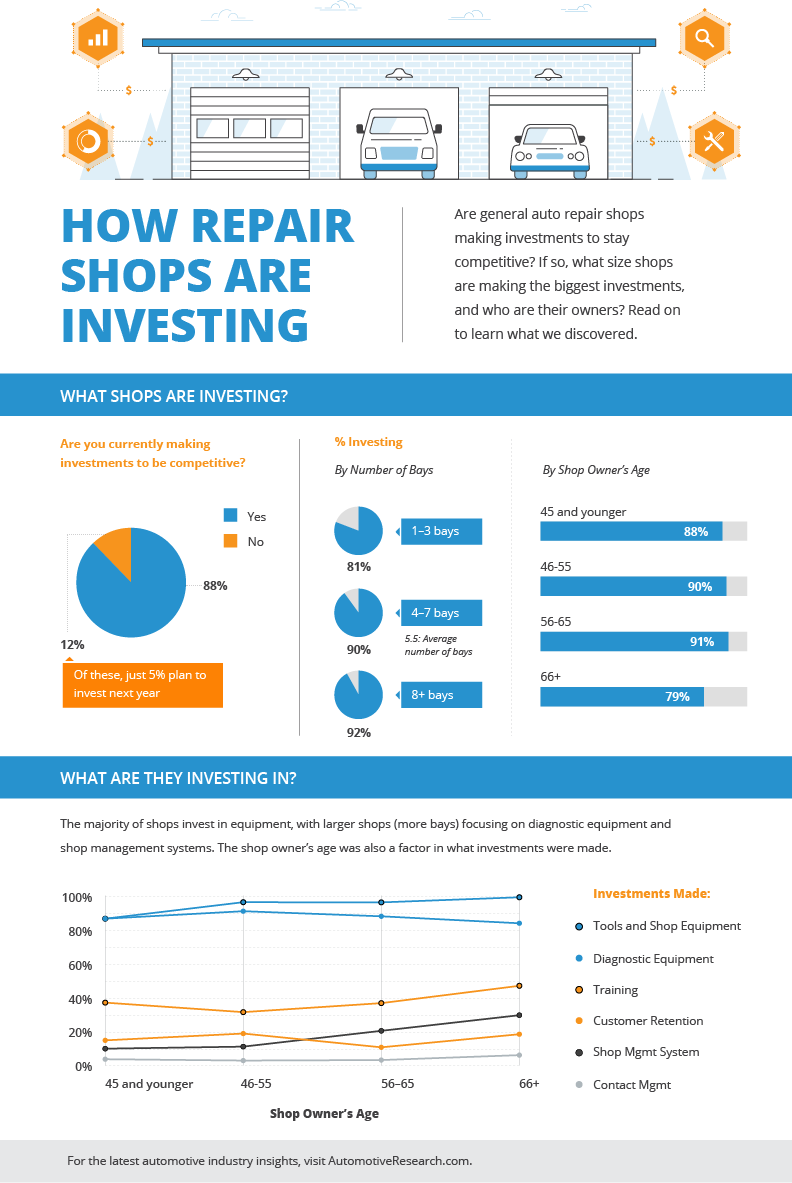Interpreting Your Auto'S Alert Lights: Their True Ramifications
Interpreting Your Auto'S Alert Lights: Their True Ramifications
Blog Article
Produced By-Hartley Gilbert
When you're behind the wheel, those beautiful caution lights on your control panel can be a bit difficult. Do you recognize what they're trying to inform you regarding your car's health? Recognizing visit my web page of these lights is important for your safety and security and the longevity of your lorry. So, the following time among those lights turns up, wouldn't you want to understand its message precisely and take the necessary actions to address it?
Common Warning Lighting and Interpretations
Recognize common warning lights in your auto and comprehend their definitions to ensure safe driving.
One of the most common caution lights consist of the check engine light, which signals concerns with the engine or exhausts system. If this light begins, it's important to have your automobile checked immediately.
The oil stress alerting light shows low oil pressure, requiring immediate attention to avoid engine damages.
detailauckland flashing battery light may recommend a malfunctioning billing system, possibly leaving you stranded otherwise resolved.
The tire stress surveillance system (TPMS) light notifies you to reduced tire pressure, influencing lorry stability and fuel effectiveness. Ignoring window tinting auckland can bring about dangerous driving problems.
The abdominal muscle light suggests a trouble with the anti-lock stopping system, jeopardizing your capability to stop swiftly in emergency situations.
Last but not least, the coolant temperature alerting light warns of engine overheating, which can cause serious damage otherwise solved promptly.
Recognizing these typical warning lights will certainly help you address concerns promptly and preserve safe driving conditions.
Significance of Prompt Interest
Understanding the common warning lights in your vehicle is only the very first step; the value of promptly addressing these warnings can not be emphasized sufficient to ensure your safety on the road.
When a warning light brightens on your dashboard, it's your cars and truck's method of connecting a potential concern that requires attention. Ignoring these cautions can cause a lot more extreme troubles in the future, compromising your security and potentially costing you extra in repairs.
Motivate focus to alerting lights can avoid failures and mishaps. As an example, a blinking check engine light could indicate a misfire that, if left unattended, can cause damage to the catalytic converter. Addressing this promptly can conserve you from an expensive fixing.
In a similar way, a brake system advising light may signify reduced brake fluid or worn brake pads, important elements for your security when driving.
Do It Yourself Troubleshooting Tips
If you discover a warning light on your dashboard, there are a couple of DIY fixing suggestions you can attempt prior to seeking specialist assistance.
The very first step is to consult your automobile's manual to recognize what the details warning light suggests. In some cases the problem can be as simple as a loose gas cap causing the check engine light. Tightening up the gas cap might settle the trouble.
Another typical issue is a reduced battery, which can set off various warning lights. Examining the battery connections for deterioration and guaranteeing they're protected could fix the issue.
If a warning light continues, you can attempt resetting it by disconnecting the automobile's battery for a few mins and then reconnecting it. Furthermore, inspecting your car's liquid degrees, such as oil, coolant, and brake fluid, can aid fix advising lights related to these systems.
Conclusion
In conclusion, comprehending your car's warning lights is vital for maintaining your car running smoothly and securely. By quickly addressing these notifies and understanding what they imply, you can stay clear of costly repair services and prospective breakdowns.
Remember to consult your automobile's manual for particular information on each advising light and do something about it appropriately to guarantee a trouble-free driving experience.
Stay informed, remain risk-free on the road!
